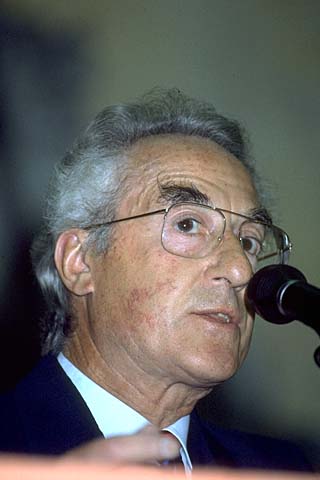Documentation on american art from 1950 to 1975
‘The present documentation is just a simple example. It is not an American Art History, but a group of works from a collection, which is an indication of the major developments occurred in that period. Abstract Expressionism was the most important event between 1945 and 1960. The main exponents were Pollock, Clifford Still, Barnett Neuman, Franz Kline, Mark Rothko, De Kooning. Kline and Rothko: they al represented the most evident aspects of this movement: Kline, the energy and the restlessness; Rothko, contemplation, introspection, doubt, but also rational research. The New Dadaism — precursor of Pop Art – had its major exponents in Rauschenberg and Ja-sper Johns, between 1955 and 1962. Rauschenberg developed the inheritance from Duchamp, using abandoned and found objects as witnesses of our existence (relived through memory) and of the analogies that the objects can evoke. Pop Art developed between 1960 and 1964. Its main exponents were Lichtenstein, Oldenbourg, Wharol, Rosenquist and Segal. The themes common to this type of art are: mythicisation of advertisement, the transformation of banal images used by the mass media into archetypes hinting at an ideal of perfection, the use of common objects to incorporate the vitality that time consumes, the aggressive and bitter criticism of the false myths of an over-rich rich society. Minimal was born in 1964; its creative capacity developed throughout the mid Seventies. The main exponents for sculpture were Donald Judd, Robert Morris, Dan Flavin, Walter De Ma-ria, Carl Andre; for painting, Ry-man, Mangold, Agnes Martin. An important characteristic was the new interest in sculpture, brought about by the utilization of industrial prefabricates, of new materials, of geometrical shapes, which allow the serial utilization of repeated objects which occupy a space independent from the volume of the human figure. Post Minimalism by Richard Serra, Bruce Nauman, Richard Nomas, Jene Highstein, gives more importance to the psychological factor, to the emotional reaction to a given situation, explores the fluid matter of the subconscious and of the instinct, highlights the strengths which determine Nature and everything. Conceptual art develops, in a more radical way, the principles of Minimal Art. The idea is the indispensable element of any work of art; if the definition is correct, its real shape can vary within very wide limits without changing the quality of the work. The shape is not fundamental but subordinated to the idea: it is only necessary for communication. The project is already the complete work. The relationship between idea, thought and definition is highlighted, language being the bond between those elements. The modes of expression can be words or symbols. In Los Angeles, towards the mid Sixties, the necessary conditions for the birth of Environmental Art summed up. The main representatives were Robert Irwin, Douglas Wheeler, James Turrel, Maria Nordman, Eric Orr and Larry Bell.’









